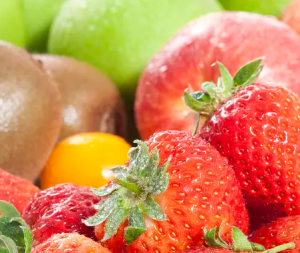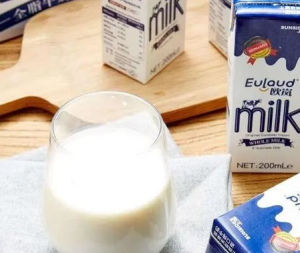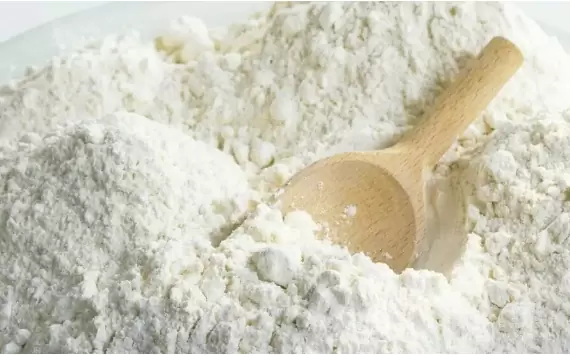Lactic Acid – L (+) is one of the alpha-hydroxy acids (AHA’s). These acids occur naturally in fruits, sugar cane and milk. When used topically, it can assist with the removal of dead skin cells helping to renew the skin, improve skin texture and tone along with functioning as a humectant. Lactic is often used as a milder alternative to glycolic acid in cosmetic formulations and can also be used to lower pH during manufacturing. Lactic Acid is produced by fermentation of glucose syrup from maize by using a bacterial strain.
Please Note: (video below for more information around formulation)
- Lactic acid is an acid and should never be used undiluted.
- Lactic acid is classed as an advanced skincare ingredient and should not be used unless you understand the usage and applications of Lactic Acid.
- Avoid contact with eyes / May not be suitable for those with sensitive skin


Foods
Lactic acid is found primarily in sour milk products, such as kumis, laban, yogurt, kefir, and some cottage cheeses. The casein in fermented milk is coagulated (curdled) by lactic acid. Lactic acid is also responsible for the sour flavor of sourdough bread.


In lists of nutritional information lactic acid might be included under the term "carbohydrate" (or "carbohydrate by difference") because this often includes everything other than water, protein, fat, ash, and ethanol. If this is the case then the calculated food energy may use the standard 4 kilocalories (17 kJ) per gram that is often used for all carbohydrates. But in some cases lactic acid is ignored in the calculation. The energy density of lactic acid is 362 kilocalories (1,510 kJ) per 100 g.
Some beers (sour beer) purposely contain lactic acid, one such type being Belgian lambics. Most commonly, this is produced naturally by various strains of bacteria. These bacteria ferment sugars into acids, unlike the yeast that ferment sugar into ethanol. After cooling the wort, yeast and bacteria are allowed to “fall” into the open fermenters. Brewers of more common beer styles would ensure that no such bacteria are allowed to enter the fermenter. Other sour styles of beer include Berliner weisse, Flanders red and American wild ale. In winemaking, a bacterial process, natural or controlled, is often used to convert the naturally present malic acid to lactic acid, to reduce the sharpness and for other flavor-related reasons. This malolactic fermentation is undertaken by lactic acid bacteria.


While not normally found in significant quantities in fruit, lactic acid is the primary organic acid in akebia fruit, making up 2.12% of the juice.
As a food additive it is approved for use in the EU, USAand Australia and New Zealand; it is listed by its INS number 270 or as E number E270. Lactic acid is used as a food preservative, curing agent, and flavoring agent. It is an ingredient in processed foods and is used as a decontaminant during meat processing.Lactic acid is produced commercially by fermentation of carbohydrates such as glucose, sucrose, or lactose, or by chemical synthesis. Carbohydrate sources include corn, beets, and cane sugar.
Forgery
Lactic acid has historically been used to assist with the erasure of inks from official papers to be modified during forgery.
Cleaning products
Lactic acid is used in some liquid cleaners as a descaling agent for removing hard water deposits such as calcium carbonate, forming the lactate, calcium lactate. Owing to its high acidity, such deposits are eliminated very quickly, especially where boiling water is used, as in kettles. It also is gaining popularity in antibacterial dish detergents and hand soaps replacing Triclosan.












